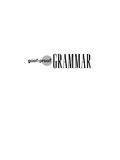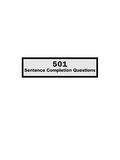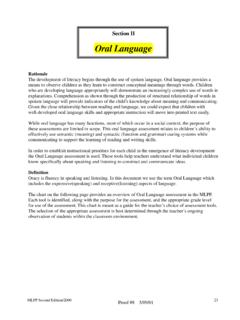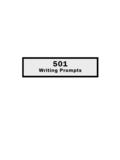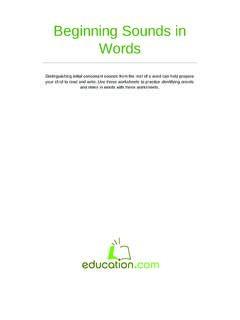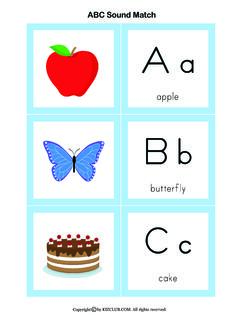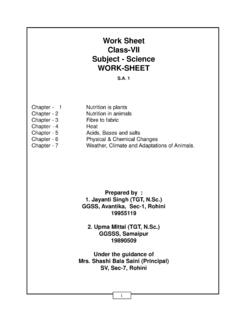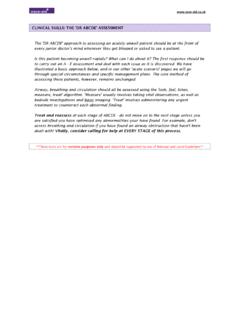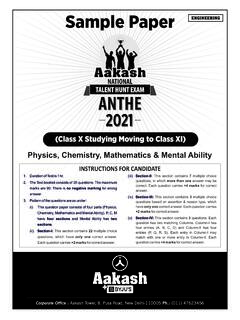Transcription of Letter/Sound Identification
1 MLPP Second Edition/2000134 Proof #6 4/20/01 Section VIIIL etter/ sound IdentificationRationaleHaving the ability to match letters and sounds helps children develop an understanding of words andspelling patterns. In establishing instructional priorities in the use of words and conventional spellingknowledge for each child in the early stages of literacy development, the teacher will use the Letter/Sound Identification assessment. This assessment identifies what individual children know specifi-cally about Letter/Sound Identification . Teachers observations are crucial and critical factorsinforming their decisions about whom and when to Identification is recognizing upper and lower case letters and identifying appropriatesounds for each letter GuidelinesMaterialsUse the upper case and lower case alphabet sheets.
2 You may want to laminate the sheets. Lettersheets are in the Second Edition/2000135 Proof #6 4/20 the assessment to individual children. The assessment area should be quiet and freefrom major distractions. Sit beside the child. Seat the child comfortably in front of an appropri-ate height flat surface, such as a child s table. Turn the alphabet sheets face down until you areready to use pre-emergent level, stop if the child struggles and begins to show frustration. Mark the stoppoint on the answer to the child, I m going to show you some letters. Let s see how many you know. Then,beginning with the upper case letters, ask the child to name each letter as you point to it.
3 Use amasking card to cover rows below the row the child is looking at. Move across the lines fromleft to right as you or the child points to the letters so that the child is asked to identify theletters in random order. If the child gives you a sound or word, say, You are right. That letterhas that sound , but can you tell me the name of that letter? Repeat with the lower case lettercard, name each the child is unsuccessful, remove the masking card, and ask the child to look over the lettersand tell you any s/he may know. Highlight the letters used in her/his the lower case letter card a second time and ask Make the sound the letter makes.
4 Use amasking card to cover rows below the row the child is looking at. Move across the lines fromleft to right. Letters on the task have been the child experiences difficulty focusing on one letter at a time, use a window card that has asquare shape just big enough to show the letter. Cut out the square in the center of the card tohighlight individual periodically until the child demonstrates knowledge of both letter names and observe beginning use of letter names in classroom the answer sheet by putting a check in the N column for a correct letter name the S column for a correct sound response.
5 Record incorrect responses in the the child tells you a word that begins with the letter, you may record that in the Word column for your own information, but it does not affect the point for each correct letter name. Total possible one point for any one letter sound that is acceptable for that letter. Total possible 26 Analysis Analyze correct and incorrect responses along with observations of the child s behavior in order toinform instructional priorities for that Second Edition/2000136 Proof #6 4/20 NameTotal Score /54 Adapted from An Observation Survey of Early Literacy Achievement, Marie M.
6 Identification SCORE SHEETS tudent s Name _____ Date _____ Grade _____ in N column for letter name response in S column for letter sound response Record word in Word column for word response. Record the child s response in column for incorrect SoundTotal Score /26 ObservationsNote such things as: Speed of responseConfusions; ; b/dPatterns of responseMLPP Second Edition/2000137 Proof #6 4/20/01AF KP WZBHOJ UCYLQMDNS XIEGRVTL etter/ sound IdentificationMLPP Second Edition/2000138 Proof #6 4/20/01af kpwzbhoj uacyl qmdns xiegr vt gLetter/ sound Identificatio

